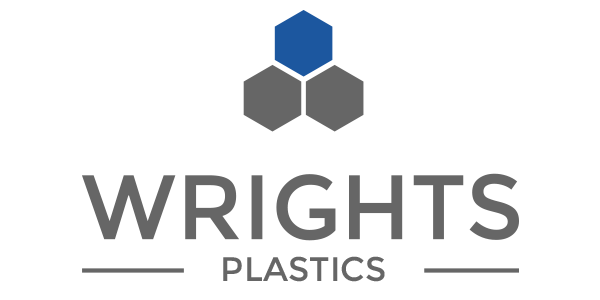Vacuum forming, a popular thermoforming technique, has seen significant advancements and developments since the turn of the millennium. This process, which involves heating a sheet of plastic until it is pliable, stretching it over a mold, and then using a vacuum to form the desired shape, has evolved in several key areas, including technology, materials, efficiency, and applications.
One of the most notable advancements in vacuum forming technology since 2000 is the integration of computer-aided design (CAD) and computer-aided manufacturing (CAM) software. These software tools allow manufacturers to design intricate molds with precise specifications and simulate the forming process digitally before production begins. This capability not only reduces the time and cost associated with traditional mold-making methods but also enables greater design flexibility and complexity.
Moreover, advancements in CNC (Computer Numerical Control) machining have facilitated the production of high-precision molds with intricate details, allowing for the creation of complex shapes and textures in vacuum-formed parts. This has expanded the range of vacuum forming products across industries such as automotive, aerospace, consumer goods, and healthcare.
Another significant development in vacuum forming capabilities has been the introduction of new plastics and material combinations. Traditional thermoplastics like ABS, polystyrene, and PVC continue to be widely used in vacuum forming, but advancements in material science have led to the development of specialized polymers with enhanced properties. For example, engineering-grade plastics with superior strength, heat resistance, and chemical resistance are now available, opening up new possibilities for demanding applications.
Furthermore, the introduction of biodegradable and recycled plastics has addressed concerns about environmental sustainability in vacuum forming. Manufacturers can now produce eco-friendly packaging, disposable products, and other items using biodegradable or recycled materials without compromising performance or quality.
In terms of efficiency, automation has played a crucial role in streamlining the vacuum forming process and increasing production throughput. Automated systems for sheet loading, heating, forming, and trimming have reduced cycle times, minimized material waste, and improved overall consistency and quality. Robotics and machine vision systems have also been integrated into vacuum forming equipment for tasks such as part handling, inspection, and quality control.
Additionally, advancements in heating technology have improved the uniformity and precision of heating in vacuum forming ovens. Infrared heating systems, for instance, provide faster heating rates and more consistent heat distribution across the entire surface of the plastic sheet, resulting in better-formed parts with fewer defects.
The capabilities of vacuum forming have also expanded beyond traditional flat or shallow parts to include deep-draw and twin-sheet forming techniques. Deep-draw vacuum forming enables the production of parts with greater depth and undercut features, while twin-sheet forming allows for the creation of hollow structures with complex geometries by joining two sheets together during the forming process.
In conclusion, the vacuum forming process has undergone significant developments and advancements since 2000, driven by innovations in technology, materials, efficiency, and applications. These developments have not only improved the quality, efficiency, and versatility of vacuum-formed products but have also expanded their potential uses across various industries while addressing environmental concerns and sustainability requirements.


Recent Comments